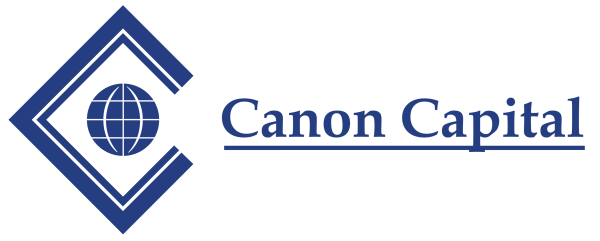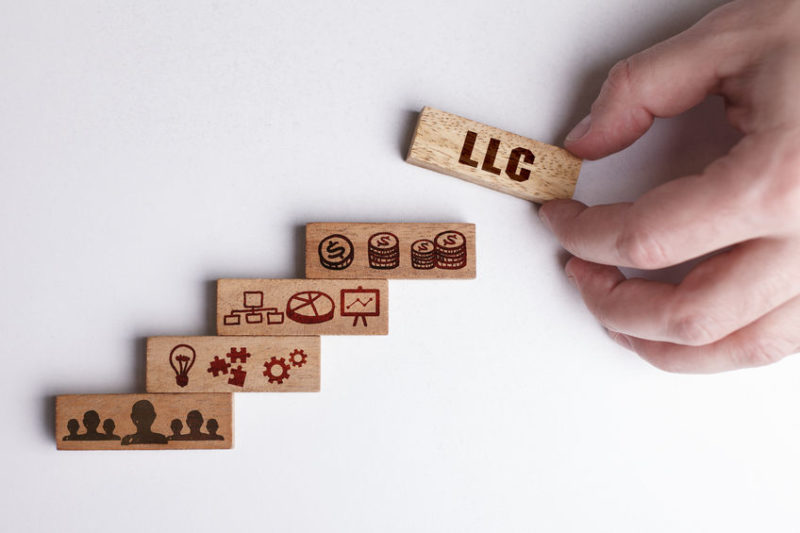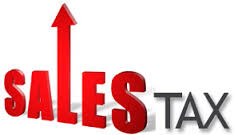We continue our blog series recapping our recent presentation on the new tax laws to the Indian Valley Chamber of Commerce. This blog covers changes made to business tax laws.
One of the advantageous aspects of this new tax law is that the government has provided a clear definition of what constitutes a “small business.” A “small business” is defined as a company with average gross receipts for the past three years of $25 million or less.
This means that businesses meeting the definition of a small business can now avail themselves of these aspects of the tax law:
- Expanded ability of cash method: This means that If you have been operating on the accrual method and consistently have higher receivables than payables, you can elect to switch to the cash method, allowing for potential consistent deferment of income.
- Inventory tracking requirements: This allows you to elect to treat your inventory as non-incidental materials and supplies (items you expense when used or consumed). However, under the non-incidental materials and supplies category there is another election called the de minimis safe harbor election, which allows you to expense, safely and without fear of audit, anything under $2500 or less. So, if you have inventory that qualifies as non-incidental materials and supplies, and the unit cost of each item is $2500 or less, you can potentially write off your entire inventory for this year, presuming the inventory is under a year old. For example, if you are the owner of a junkyard business and have $400,000 in inventory, if you did not pay over $2500 per car, you can make these elections and have a $400,000 expense.
- Section 263A threshold raised: This was a tax requiring that you had to capitalize indirect costs, just for tax. This is gone
Other changes include:
- C-corporate rate is a flat 21%
- Entertainment no longer deductible: Meals, however, are another story. Technically, right now, according to the law meals are not deductible, but in October 2018 the IRS put out a guidance that they are deductible because there was a mistake in the writing of the law. This is likely one of the technical directions that will eventually be passed by Congress. Until then, we can rely on the IRS guidance.
- Interest deductions limited: If your gross receipts are over $25 million, your interest deductions are limited to 30% of your taxable income and any unused portion will get carried forward.
- Business losses, no carryback and limited to 80% of income
- Like-Kind Exchanges now only qualify on real estate
- Technical terminations of partnerships are eliminated
Business Change Highlights – Depreciation
Changes were also made on depreciation. Here are the highlights:
- Additional first-year/bonus depreciation: 100% for property acquired after 9/27/17
- Bonus now allowed for new and used property: it used to be allowed only for new property
- Bonus on qualified improvement property no longer qualifies as written. This is another item needing correction, but the IRS has not provided any guidance to date.
- Bonus phase-down schedule for years after 2022
- Luxury auto limits (note that the additional $8k depreciation has been extended for 2017)
- Increased to Sec. 179 ($1M and threshold $2.5M)
- SUV limitation remains at $25,000
- 179 limits are indexed for inflation
- 179 expansion for certain real property (HVAC, roofs)
- 179 allows for residential rental property improvements
New Employer Credit
There is a new employer credit for paid family and medical leave. This is a general business credit that employers can claim based on wages paid to qualified employees while on leave, subject to conditions.
Planning Opportunities
Please keep in mind, these tax changes are set to expire at the end of 2025. There are a number of potential savings opportunities within these tax law changes. We recommend that businesses evaluate their tax structure and engage in multi-year tax planning.
If you have any questions or concerns about these changes, please call us at 215-723-4881. You may also consult our free online 2018-19 Tax Planning, which can be found here.
To view the portions of his seminar that were broadcast via Facebook Live, please visit our Facebook page.




